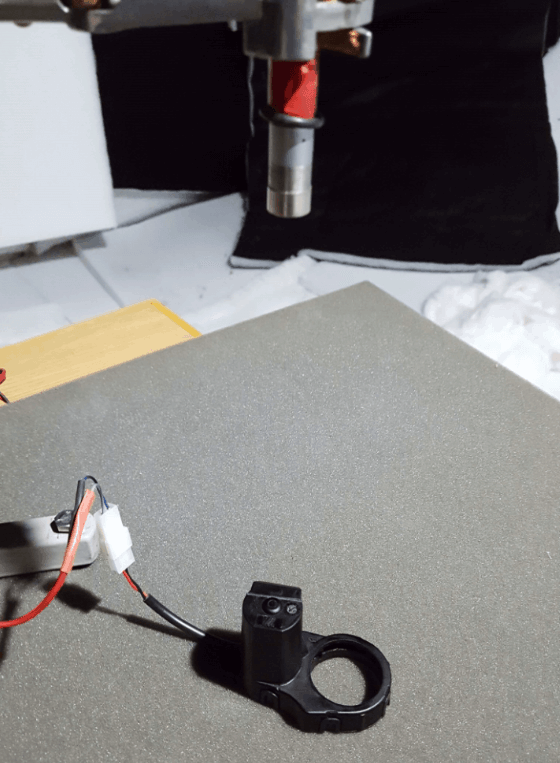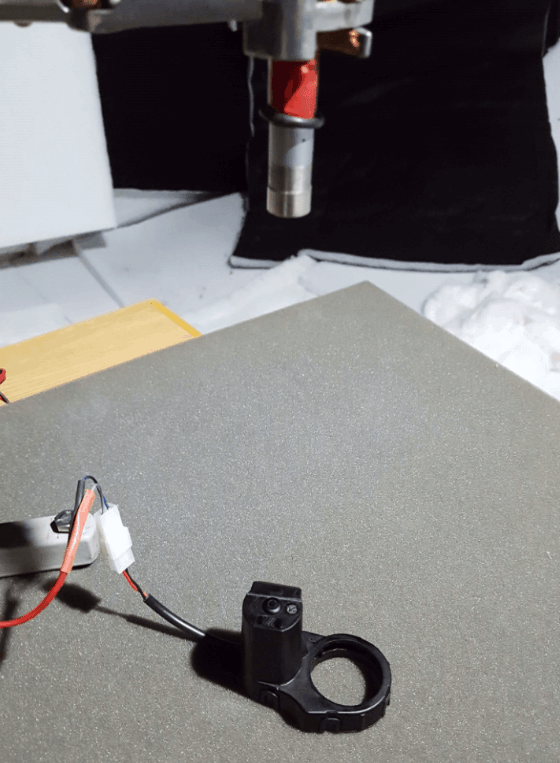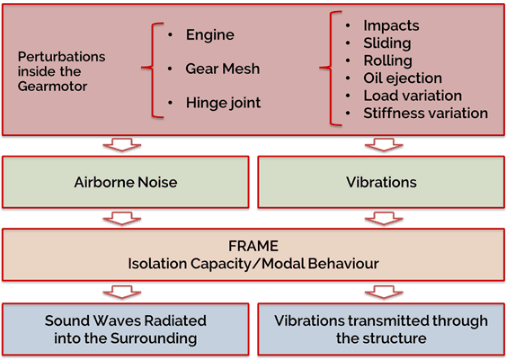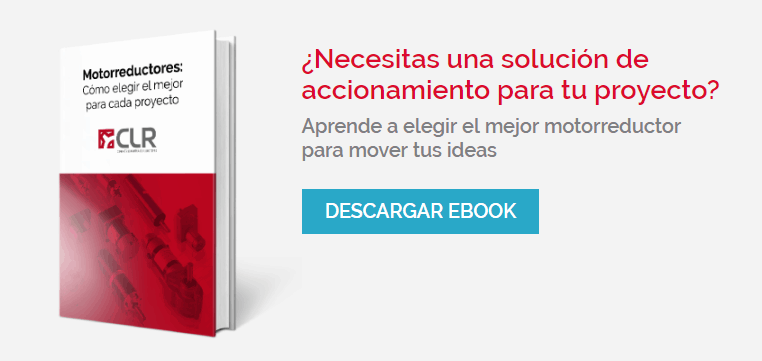
Pleasant sound in gearmotors and drives
Uno de los aspectos que más suelen atender los fabricantes de maquinaria son las propiedades del sonido que generan los mecanismos de accionamiento. El nivel sonoro y la calidad o la agradabilidad del sonido del motorreductor, donde entran en juego las distintas frecuencias, tienen gran incidencia en la percepción del producto por parte del consumidor final.
One of the aspects that machinery manufacturers tend to most often attend to are the sound properties generated by mechanisms of drive. The sound level and the quality or the pleasantness From the sound of the gearmotor, where the different frequencies come into play, have a great impact on the perception of the product by the final consumer. In this article, we review the path necessary for a correct study of the sound of reducers and actuators. Take note! Aspects such as the location of the machine They allow specific sound levels to be required. For example, while domestic vending machines appreciate almost imperceptible sounds, machinery for open spaces is intended to achieve a certain sound level, as an indication of operation and demand. Pero How can annoying sounds be limited? You don't necessarily have to go for the quietest design, but rather the one that is most suitable for each product and consumer. The most interesting thing is to make a Study of sonority depending on the location and the target audience.
The concept of sound pleasantness or “pleasantness”
When we talk about “sound quality” of a product, we find many more nuances besides “pleasantness”. To estimate how pleasant or unpleasant a sound is, there are some metrics already defined., such as “Annoyance” or “sensory pleasantness”. Generally, these metrics are combinations of other parameters that describe certain events in the Sound of the gearmotor, such as loudness, sharpness, harshness, fluctuations or tonality. Although There is no general metric that makes it possible to describe the pleasantness of all the products. Returning to the reducers and the different drive solutions, it is not only important to pay attention to the decibel levels, but It is also key to study the frequencies and vibrations that are generated in its operation, thinking about the maximum acceptance of the product among consumers.We can find two main sources of noise: the motor and the gears. These two sources act in a very similar way, generating airborne noise and transmitting vibrations to the reducer structure. In the case of kinematic chain, vibrations are produced by contact between the teeth of the gears. This generates a noise that is transmitted by air and also, a vibration that reaches the reducer frame through the different transfer paths (axes, supports...).

Reduce noise
To reduce the noise generated by the reducer, either through vibrations or through air propagation, it is essential design all components properly. On the one hand, the correct operation of the gears must be guaranteed, maximizing the stiffness of the gear and reducing the transmission error. The use of helical gears guarantees greater contact between wheels and, therefore, helps to reduce the noise generated. On the other hand, the final configuration of the reducer must be carefully studied, analyzing the vibration of the structure and avoiding resonances.
“To avoid noise problems, CLR carefully analyzes each component of the reducer, always thinking about the customer's final application.”
Pedro Poveda, sound engineer at CLR.
Finally, emphasis should be placed on the connection between the reducer and the final application where it will be installed. Sometimes, the use of a reducer in a project for which it was not designed can lead to a significant increase in vibrations and noise emitted. For this reason, it is important to know the final application and design it taking into account the characteristics of the reducer, since this will act as one of the main sources of noise.

What tests ensure the suitability of the gear motor sound?
They must be performed Measures of sound pressure level in accordance with regulations as required by the customer or by standard regulations (e.g.: UNE-EN ISO 11201 for machines in the workplace). In the same way, they must be carried out vibration measurements to check the correct operation of the reducer. As an additional study and, in order to establish user preferences, Psychoacoustic essays.
You may be interested in: Guide to avoid mechanical vibrations in your machines.
Based on sound samples taken from different products, a group of users is subjected to a hearing test. During this test, each participant will listen to the samples and evaluate them according to an indicated parameter (quality, pleasantness, discomfort...). In this way The product adapts to the user's preferences. Another aspect to consider relates to the friction levels of the gears in the transmission. These gears are more efficient accompanied by heat treatments that dissipate heat and limit frictional effort.
“CLR has managed to reduce noise by more than 5 dB (A) in some of its products thanks to improvements such as a change of motor, material or the use of helical gears in the powertrain.”
Pedro Poveda, sound engineer at CLR.
At CLR we know that sound is one of the greatest concerns of our customers, which is why our sound engineering equipment analyzes each project and, with the support of the latest technology in sound and vibration measurement, ensures that each product leaves the factory with the highest quality guarantee. Are you unhappy with your current reducers? Do you want to improve your standard gearmotors and use one tailored to your needs? Contact with our engineering team and tell us what you need.

We offer customized, tailor-made solutions. Configure with us the perfect gearmotor for your project.
¿Tienes un proyecto en mente?
We can manufacture your tailor-made solution, we accompany you at every stage of the project to offer the solution that best suits your application.
Do you have a project in mind?
We can manufacture your tailor-made solution, we accompany you at every stage of the project to offer the solution that best suits your application.








